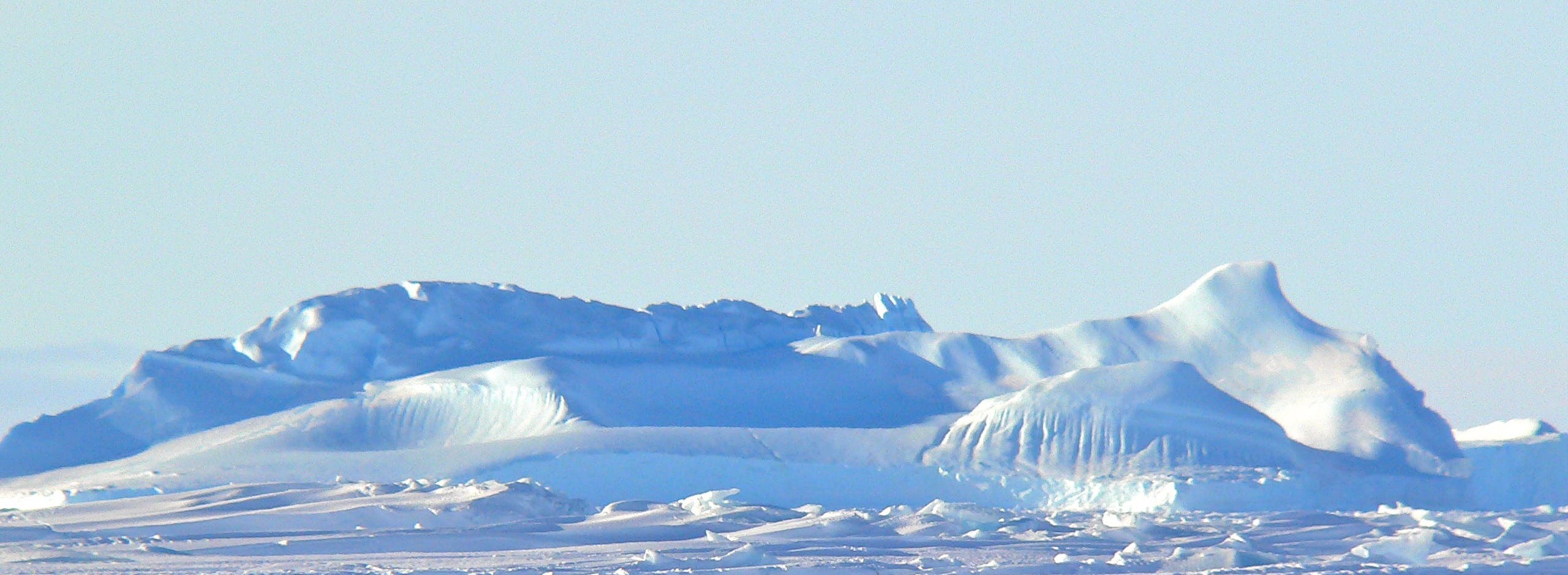Cyan-Tailed Moth
It appears this article is a stub! Alert the author if you'd like to see it expanded.
This article is a work in progress! Expect more content to be added.
This article was created for my Species-A-Day project for 2024! Read more here!
The cyan-tailed moth is a flying insect native to the northern ice cap of Etharai. They are small creatures that dart through the skies, feeding on arctic cucumbers, a plant species native to their habitat. Its primary predator is the lightdancer lark.
The species protects itself from the cold by augmenting its bloodflow magically, harnessing the bloodlines of the ice caps to warm themselves. This is an innate and automatic process, which the moths have no control over.
Anatomy
Cyan-tailed moths grow to about 8 or 9 inches in length in their adulthoods. They have white wings that blend into the snow, with large forewings and slightly smaller hindwings. The lower half of their hindwings fade into a bright cyan blue, the colour of the midday sky. Extending from each of their hindwings are two long tails, seen as highly attractive when mating. The purpose for these tails is somewhat debated - some think it to be entirely useless, while some claim it plays a role in the species' balance. The moth's body is furry and short, with distinct segments. They have six long legs, allowing them to land in clusters of ice lichen, where they lay their eggs. These eggs sit underneath the lichen, using it as shelter against predators and the cold.The species protects itself from the cold by augmenting its bloodflow magically, harnessing the bloodlines of the ice caps to warm themselves. This is an innate and automatic process, which the moths have no control over.





Oooo, moths! :D The bit about snowsilk not being very popular in its native biome made me laugh. I definitely would not wear silk on an ice cap.
Explore Etrea | March of 31 Tales
that was my thinking as well xD